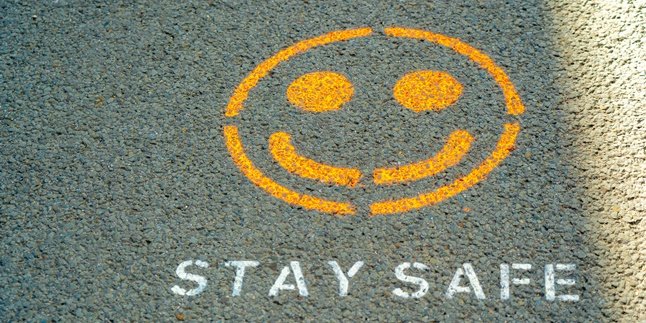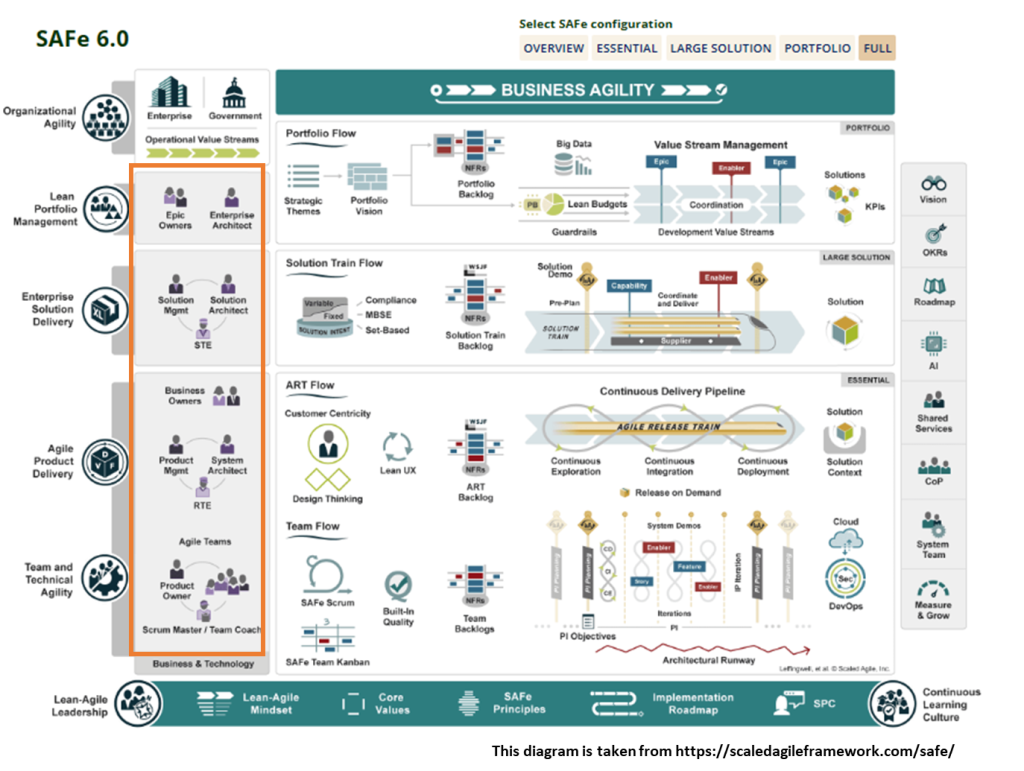Choosing the right bowl for your little one can feel overwhelming. With so many materials and designs on the market, it’s easy to get lost in the options. Stainless steel bowls, with their durability and sleek look, are a popular choice for many parents. But are they truly safe for kids? This comprehensive guide delves into the safety aspects of stainless steel bowls for children, addressing common concerns and offering practical advice.
The Allure of Stainless Steel Bowls
Stainless steel’s popularity stems from its inherent properties. It’s incredibly durable, resisting dents and scratches better than many other materials like plastic or ceramic. This means the bowl is less likely to break, reducing the risk of sharp fragments that could injure a child. It’s also incredibly easy to clean—a huge plus for parents constantly battling sticky fingers and spilled food. A quick wipe or a run through the dishwasher often suffices. Furthermore, stainless steel is typically non-porous, which means it doesn’t harbor bacteria as readily as some other materials, contributing to better hygiene.
Safety Concerns: Addressing the Myths

While stainless steel offers numerous advantages, some concerns linger. Let’s tackle the most common ones:
1. Leaching of Metals:
A major worry is the potential leaching of heavy metals like nickel or chromium into food. However, food-grade stainless steel, which is what’s used in most bowls designed for food contact, undergoes rigorous testing to ensure minimal, if any, leaching occurs under normal use. The amount of leaching is typically far below safe levels established by regulatory bodies. To further minimize any potential risk, avoid using abrasive cleaners and scouring pads, which could damage the protective layer of the steel.
2. Sharp Edges and Burrs:
Poorly manufactured stainless steel bowls can have sharp edges or burrs, posing a risk of cuts or scratches. Always inspect the bowl carefully before allowing your child to use it. Look for smooth edges and surfaces devoid of any irregularities. Choose bowls from reputable brands known for their quality control.
3. Temperature Sensitivity:
Stainless steel conducts heat efficiently. While this means it’s excellent for cold foods, hot foods can cause the bowl to become very hot, presenting a burn risk. Always allow hot food to cool down significantly before placing it in a stainless steel bowl for a child. Never let a child handle a stainless steel bowl containing very hot liquids.
Choosing the Right Stainless Steel Bowl for Your Child
When selecting a stainless steel bowl for your child, consider these factors:
1. Material Composition:
Look for bowls explicitly labelled as “food-grade stainless steel,” indicating they meet safety standards for food contact. Avoid bowls with unclear labelling.
2. Design and Construction:
Choose bowls with rounded edges and a smooth, polished finish to minimize the risk of cuts and scratches. Consider the size and weight of the bowl; a smaller, lighter bowl may be more suitable for younger children.
3. Durability:
Invest in a durable bowl that can withstand daily use and accidental drops. Look for thicker gauge steel for added resilience.
4. Size and Shape:
Select a bowl that is appropriately sized for your child’s age and portion sizes. Younger children may need smaller, shallow bowls. Consider bowls with non-slip bases for added stability.
Alternatives to Stainless Steel

While stainless steel bowls are a safe and practical option for many families, other materials also offer good alternatives:
- Silicone bowls: Soft, flexible, and lightweight, silicone bowls are excellent for toddlers learning to eat independently. They’re also less likely to break if dropped.
- Melamine bowls: Lightweight and break-resistant, melamine bowls are a popular choice but may contain BPA, so ensure it’s BPA-free before purchasing.
- Bamboo bowls: Eco-friendly and aesthetically pleasing, bamboo bowls are durable and lightweight. However, they can be more prone to staining and require careful cleaning.
Conclusion: A Safe and Sensible Choice

With proper selection and care, stainless steel bowls can be a safe and hygienic option for feeding children. Prioritizing quality, inspecting the bowl for imperfections, and being mindful of hot food temperatures ensures that these durable bowls can be a long-lasting part of your child’s mealtime routine. Remember to always supervise your child while they are using a bowl, regardless of the material.
Frequently Asked Questions (FAQs)

Q: Can stainless steel bowls go in the microwave? A: Generally, no. While some stainless steel bowls are microwave-safe, most aren’t and could cause arcing or damage to the microwave.
Q: Are all stainless steel bowls created equal? A: No, the quality and safety vary depending on the manufacturer and the grade of steel used. Always opt for food-grade stainless steel from reputable brands.
Q: How do I clean a stainless steel bowl? A: Hand washing with warm soapy water is usually sufficient. Avoid abrasive cleaners. A dishwasher is usually safe, but check manufacturer’s instructions.
Q: My child has a nickel allergy. Should I avoid stainless steel? A: If your child has a severe nickel allergy, you may want to consult your pediatrician before using stainless steel bowls. While leaching is minimal, some individuals may still react.